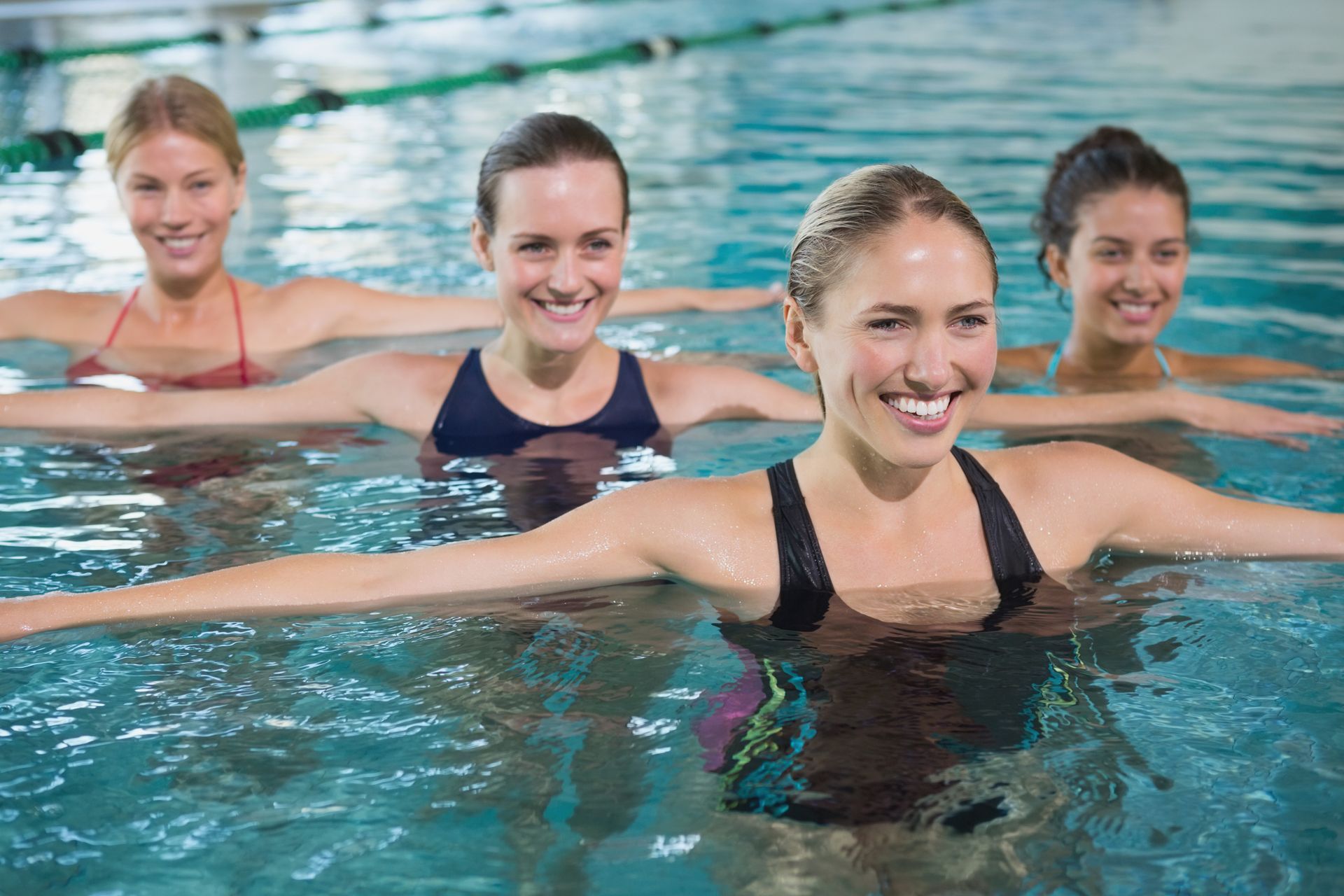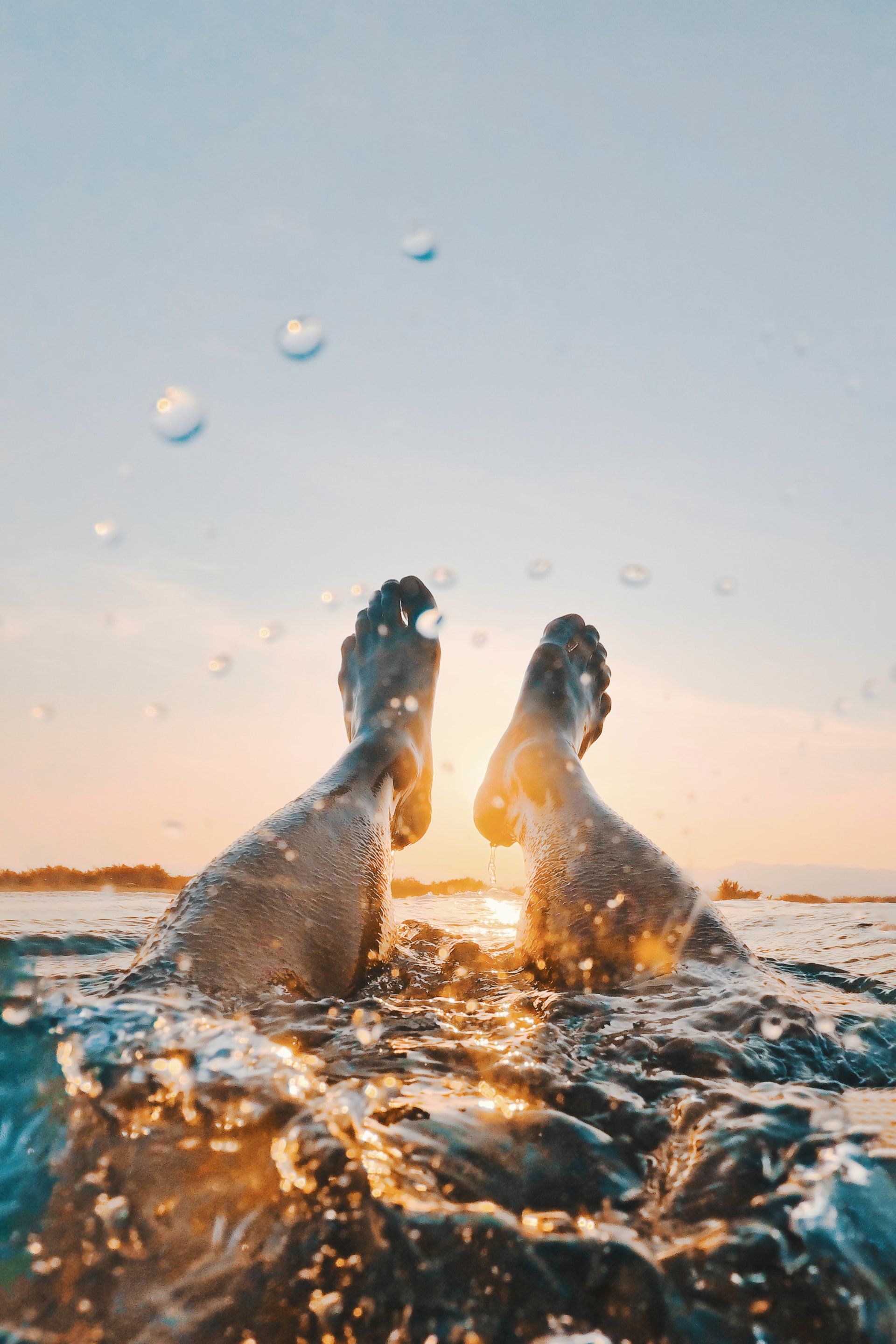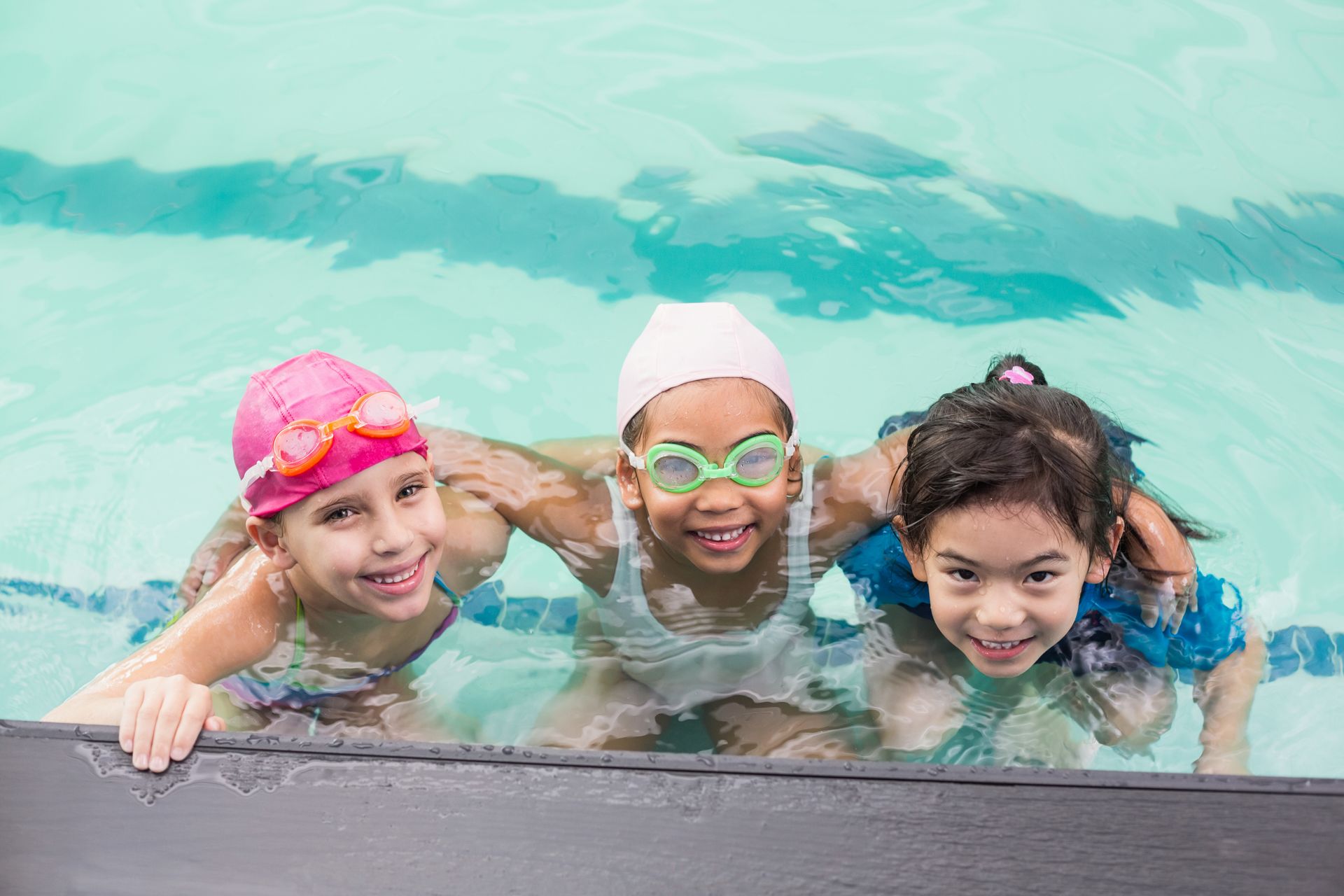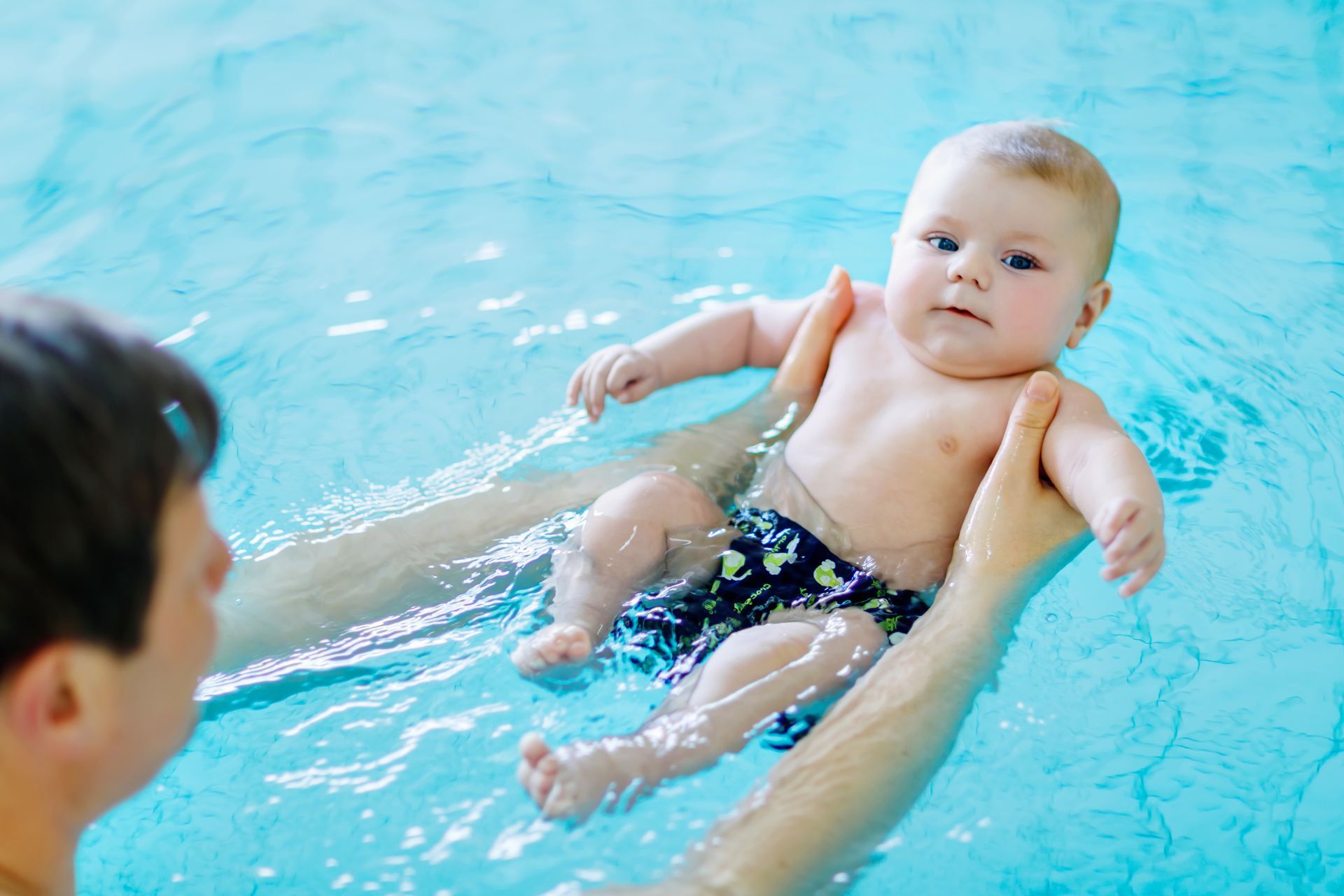Swimming is a fun and relaxing activity for children and adults. There is a lot of information about the sport that people may not know. Here are fifteen interesting facts about swimmers.
Freedivers can hold their breath for more than 10 minutes – Commonly, people start to panic after 30 seconds, but with good health and training some can go for 2 minutes. Freedivers take the top having the ability to hold their breath for 10 minutes.
The typical high school swimmer swims 1 million strokes per season– Students that take an interest in the sport will swim a million strokes by the end of the season. This is quite a workout for a young person.
Swimmers can flex their toes to the ground – Foot and ankle flexion is key when it comes to swimming. The surface area of the foot is what drives the swimmer forward. Ankle flexion gives the swimmer a powerful kick.
It is difficult to get into the Olympics – An average of 1850 swimmers will be able to enter the Olympic trails. Only 50 of them get in.
The oldest kind of stroke is breaststroke – When a swimmer gets into the water the first movement that comes to mind is breaststroke which came before the variety of strokes in the common era.
Swimmers sweat in the pool – The water is a cool place to be, but swimmers sweat in the water as with any type of exercise. This is proof that swimmers work as hard as any other athletes.
Most of the population cannot swim – An American Red Cross survey in 2014 showed that half of Americans could not swim. Fifty-five percent of Americans can perform 5 basic swimming skills; 33 percent of African Americans report knowing the 5 core swimming skills. The younger the age children come to Small Fish Big Fish they become safer around the water.
The world's youngest internationally competitive swimmer is only 10 – During the 2015 World Championships, Alzain Tareq, a 10-year-old Bahrainian girl, was the youngest competitive swimmer.
The world's oldest swimmer is nearly 100 – During the 2015 World Championships, Mieko Nagaoka a 90-year-old Japanese woman, was the oldest competitive swimmer.
Women were not allowed to compete in the Olympics until 1912 – Swimming became part of the Olympics in 1908. Women were allowed to take part in 1912. Fanny Durack from Australia was the first woman to be awarded a gold medal in the 100-yard freestyle.
Diana Nyad swam from Cuba to Florida – A64 year-old woman, Diana Nyad, had the confidence to swim the 103-mile trek from Cuba to Florida. This woman attempted to swim to her destination before achieving her goal.
A man swam 250 feet in one breath in 1 degree water – A Danish free diver, Stig Seversin, set the record for the longest swim under ice. In the ice-cold water of Greenland, Seversin swam 250 feet in one breath wearing only swimming trunks and goggles. He accomplished this swimming feat under a layer of 80-100cm of ice and a water temperature of just 1 degree.
Shaving isn't just for removing hair – Swimmer’s shave for better performance. Some people may think that swimmer’s shave to look stunning in a suit; but body hair increases the warmth in the swimmer's skin while in the water.
Children can begin swimming lessons as early as 12 months –Parents bring children to the swim school for lessons at a as young as 12 months. Drowning risks were lowered by 88 percent in 2009 for children between the ages 1-4 who took swimming lessons
Swimmer’s use every muscle in their bodies – Swimming may not be thought to be an active sport. That is incorrect. Swimming is an all-body exercise involving the use of muscles in both the upper and lower parts of the human body.
Swimming is a fun and enjoyable activity. These interesting facts about swimmers explain why being in the water is a fascinating sport both children and adults engage in and enjoy.







